I admit it: I’m smitten with dresses from the 1920s. Historically speaking, they are tangible manifestations of women’s progress as they literally freed the body to move more naturally. Beyond their cultural symbolism, however, they also represent some of the best examples of fashion as a fine art.
Imagine my unbridled joy when I discovered a sequined Art Deco gem folded inside a plastic box in 2013.
Though the dress was at the very bottom of the pile, it was impossible to miss: every square inch was covered in sequins, most of them lavender “aurora borealis,” meaning they had an iridescent sheen that changed their color from purple to pink to orange depending on the light. But that was just the skirt; the sleeveless bodice of the dress was the real marvel. A pattern of repeating swirls, the bodice was so densely sewn with black and bronze sequins that the centers of each swirl formed a peak on the dress, like the sky in Van Gogh’s “Starry Night.” Impressively heavy, the garment also included a number of clear bugle beads, the interiors of which were painted silver. It was magnificent.
Like many of the typical “flapper” dresses that come to mind when speaking of the 1920s, this one had a dropped waist; unlike most, however, the skirt was not straight but rather bias cut, giving it a full 21-foot sweep that had undoubtedly swirled hypnotically on the dance floor. Better still, the hemline was a full 6” longer in the back than the front. The effect—yards of draping fabric covered in changeable sequins and swirls—must have been mesmerizing, like a meteor shower.
One additional detail caught my attention. There was a bronze and black sequin pattern on the center front of the skirt that was nearly hidden by the many drapes created by the quantity of fabric. At first I thought it was merely a repetition of the swirls on the bodice, but I couldn’t be sure until I had a surface large enough to lay the garment completely flat and fan out the skirt. When I did, this is what I found.
During the Art Deco period when this dress was made, sleek modernity was the rule of the day. Vertical lines, repeating geometric shapes, and hard reflective materials like chrome, steel and bronze were abundant in industrial and architectural design. A precursor to the Cubist movement, Art Deco used hard angles but added arcs and swirls to offset their severity. The use of organic shapes—especially graceful animal motifs—was a particularly popular way to achieve this balance. Thus the Art Deco period brims with images of greyhounds, jaguars, gazelles…and birds like peacocks and owls.
eagles on the Chrysler Building, and detail from a frieze inside NYC's Chanin Building.
(Images courtesy of monsieurguerlain.com, David Schultz Photography, urbanremains.com and David Petsos Photography.)
Unfortunately, despite its many attributes the dress had an equal number of warts. At some point in its past the hem had gotten wet (dancing in a bathtub full of champagne, perhaps?) and the thread along the bottom few inches of the skirt had decomposed, taking the lavender sequins with it. The dress’s new owner valiantly tried to fix it, but used modern sequins instead of vintage ones to fill in the gaps. Even worse, the sequins were larger, flat (as opposed to cupped), and a slightly different color than the originals. To her credit, she did a marvelous job joining them into the existing work, but the inconsistency of sequin size and shape created a sloppy effect overall. The modern sequins had to go…all 500 or so of them.
In addition, over its nearly 100-year lifetime the dress suffered other understandable wear. During one of its several alterations, the seams were poorly rejoined and the patterns at the sides no longer matched up; handfuls of bodice sequins had come loose and were—literally—hanging by threads or missing altogether; many of the lavender skirt sequins that remained showed signs of heat damage and needed to be replaced.
So another labor of love begins. I have already clocked 50 hours on Phase I: removing the damaged, loose and incongruous sequins, which were scattered all over the dress and bordered by perfectly intact areas. Phase II will involve disassembling the entire garment, removing damaged lining and replacing the sequins I removed. Phase III will include shoring up damaged edges and reinforcing original sequins, while Phase IV will finally see the garment reconstructed. Lastly the dress will be re-lined and ready to resume its rightful place at the center of a dance floor.
I’ll keep you posted.
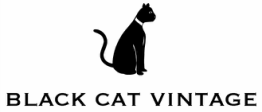
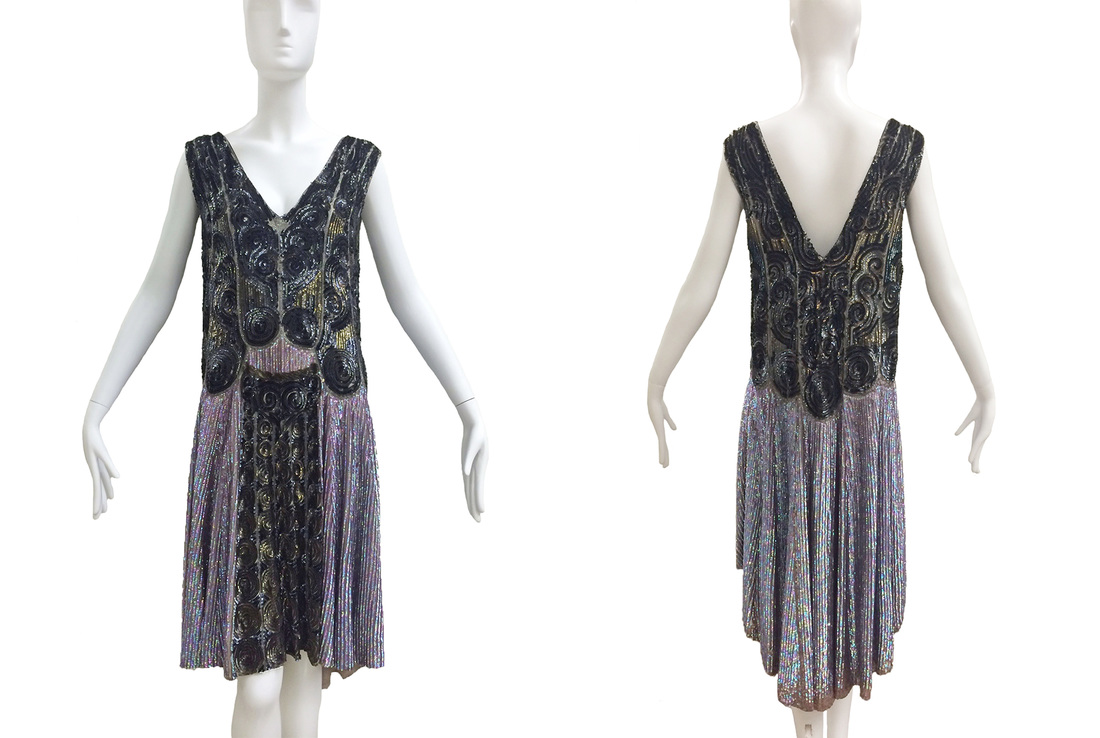
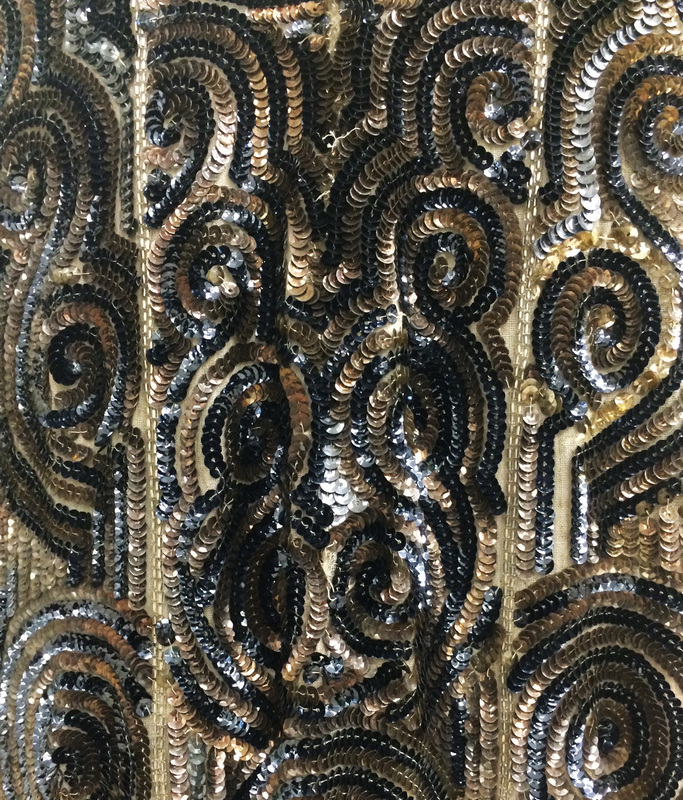
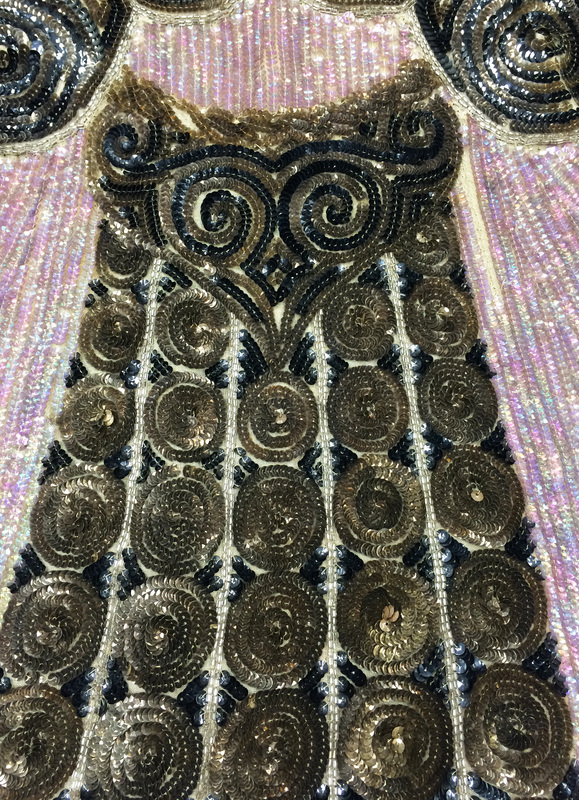
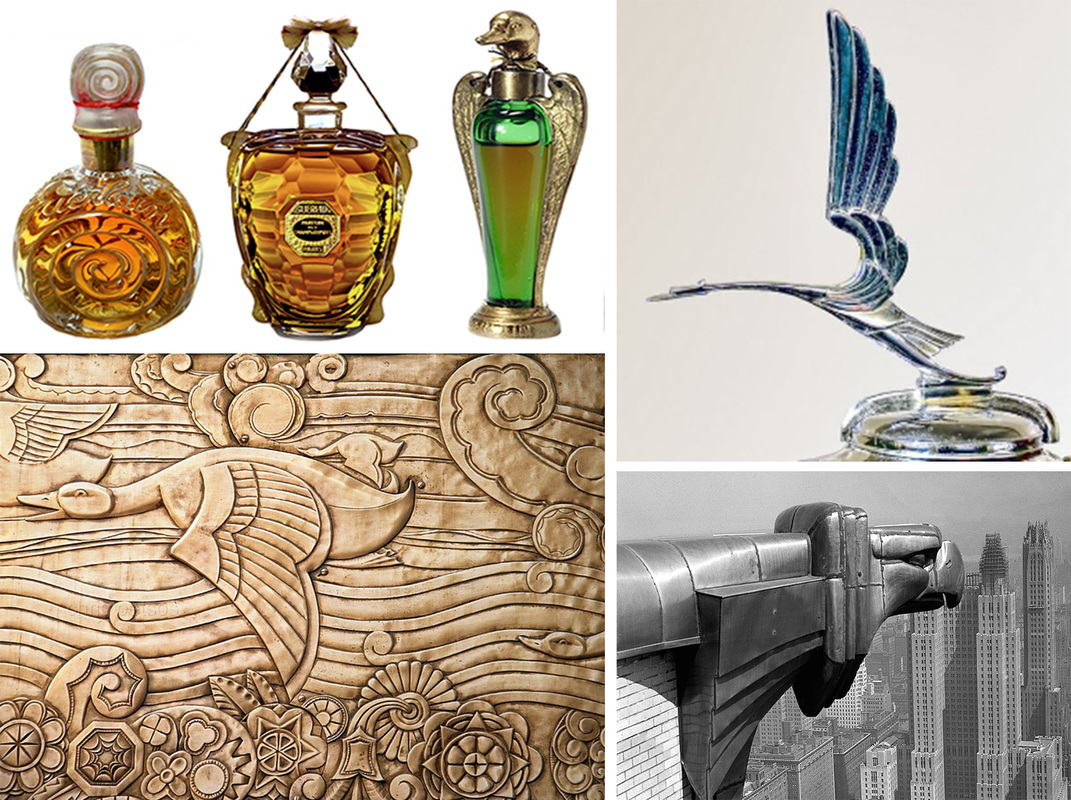
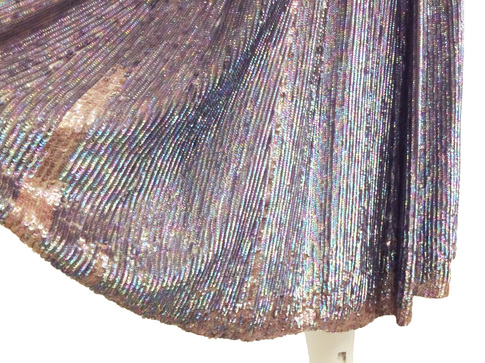
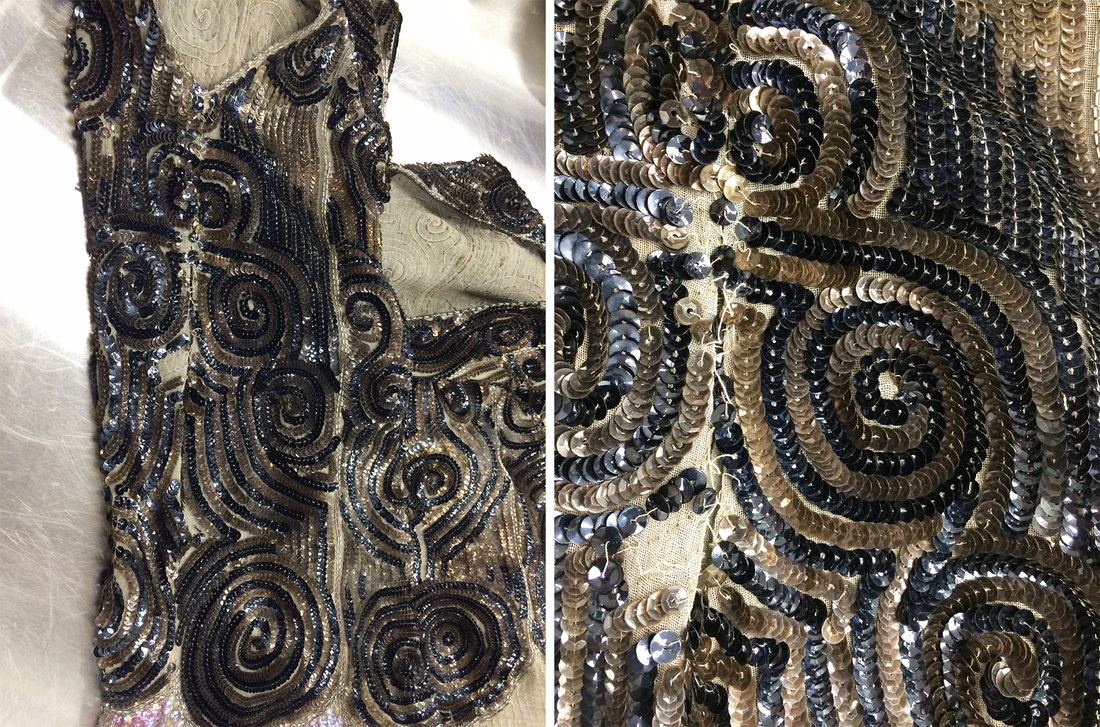

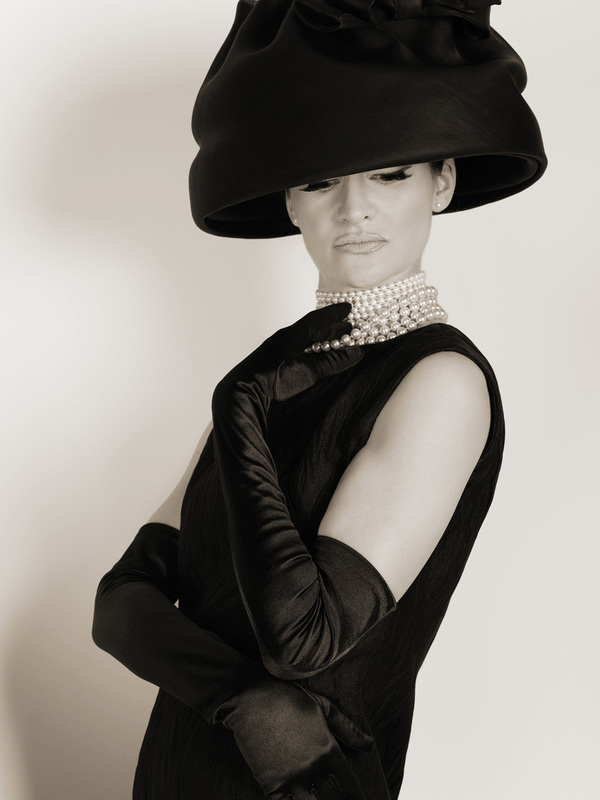
 RSS Feed
RSS Feed
